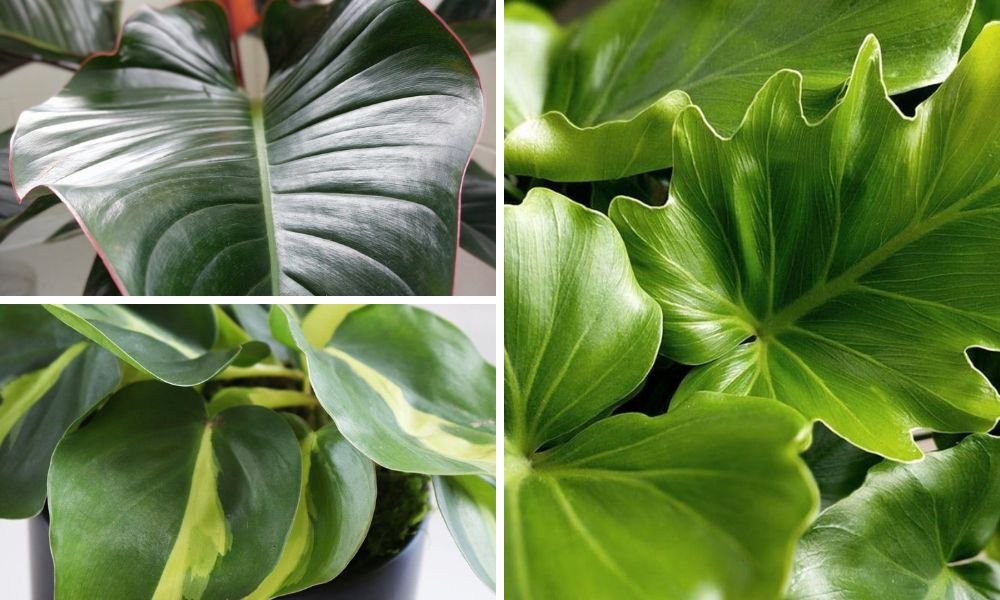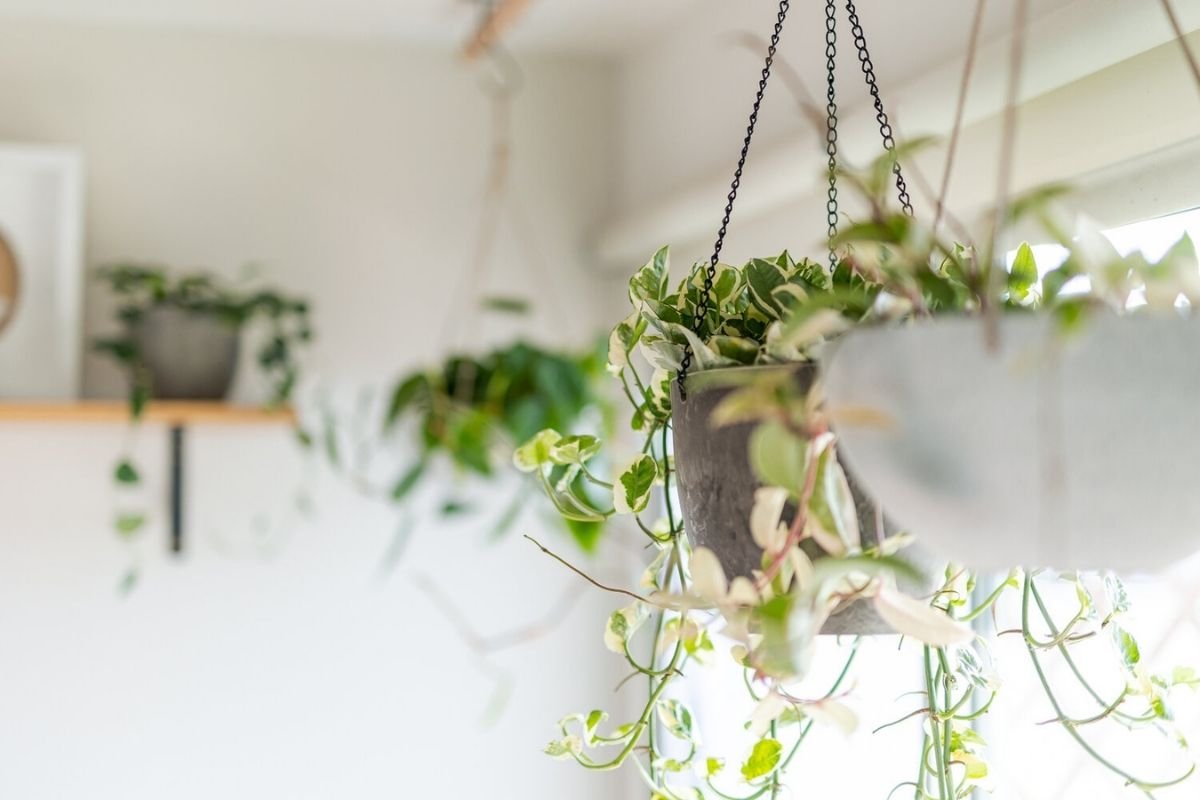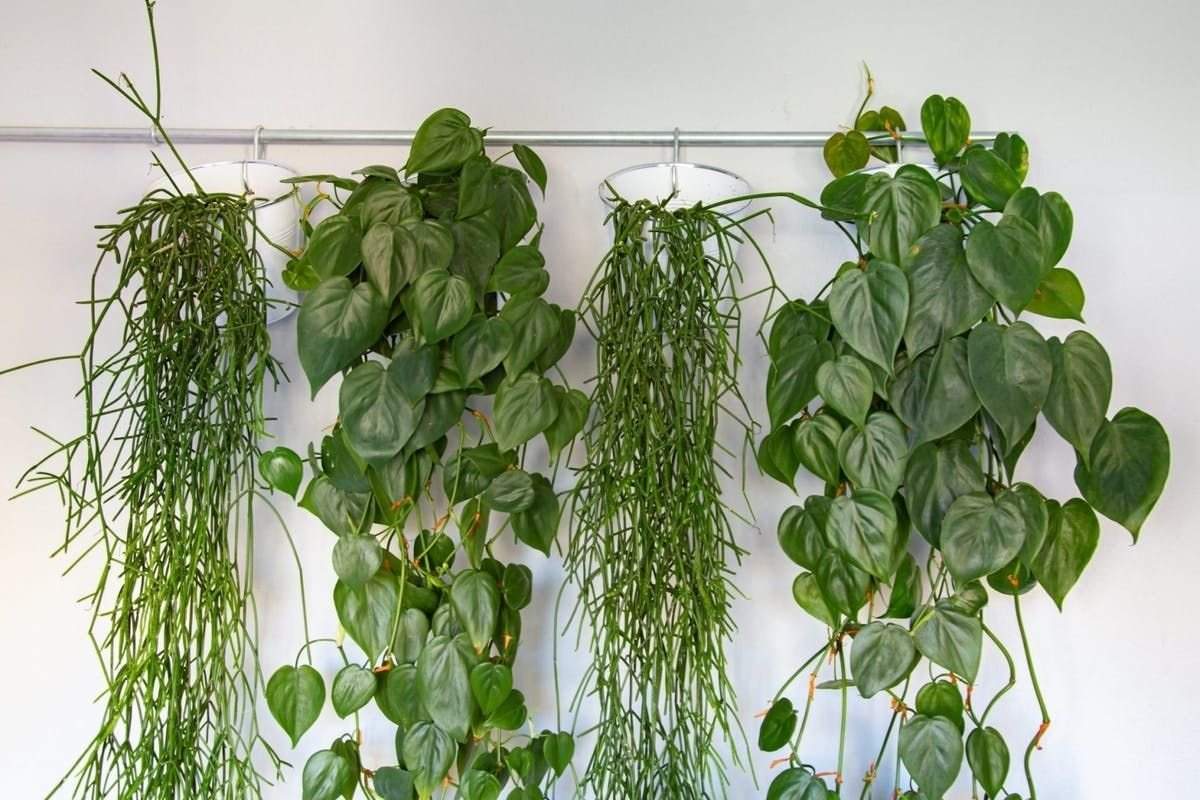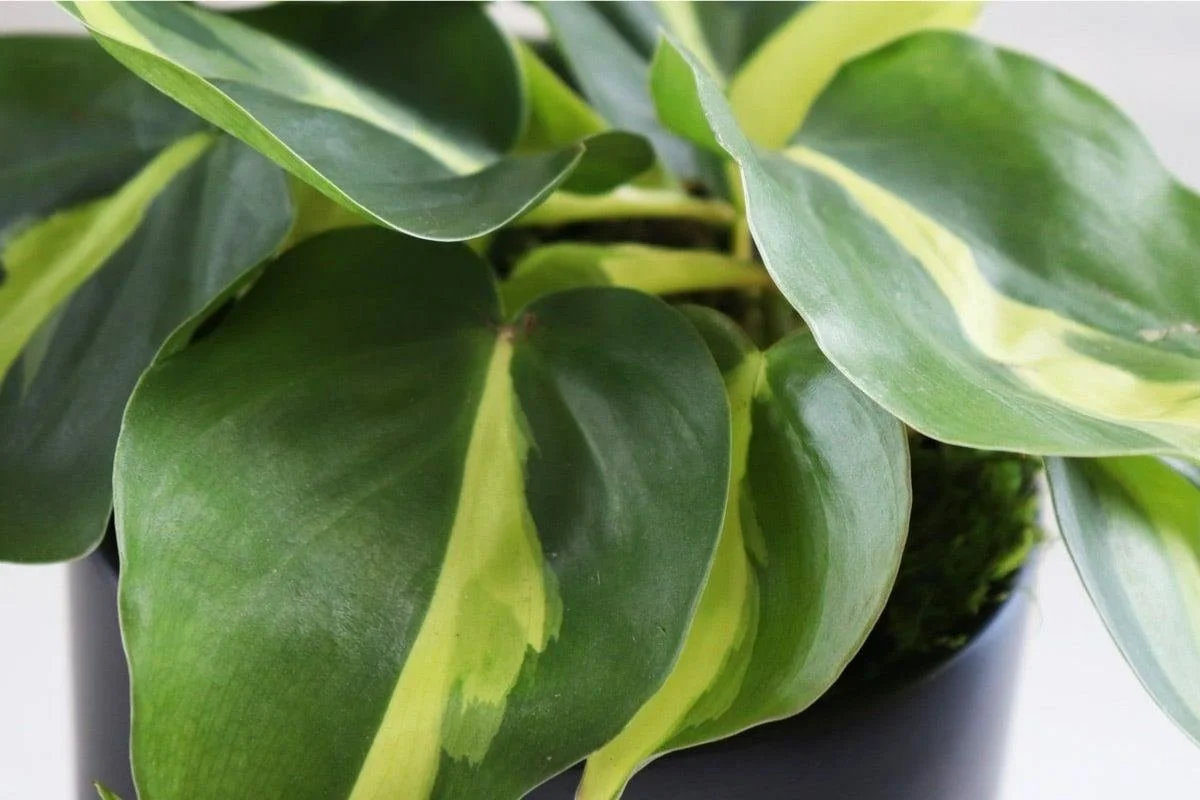Philodendron 101
What is a Philodendron, you ask? It’s a good question! Among plant aficionados, Philodendron is a word you’ll hear frequently, so you’ve likely wondered what the fuss is about. The Philodendron genus is expansive, consisting of over 400 tropical plants, many of which are often grown for the indoors.
Philodendrons are beloved for their pronounced and often heart-shaped leaves, as well as the sheer variety of plants in the genus. Some also feature aerial roots, and plants like the Philodendron Brasil grow in attractive tendrils, lending a jungle ethos to their environment.
Features like these made Philodendrons a mainstay of stylish homes in the 1970s, a decade during which houseplants enjoyed tremendous popularity (Earth Day was founded in 1970, after all!). Houseplants, including lush and leafy Philodendron varieties, were a way of bringing the outdoors in and communing with the beauty of nature.
The popularity of Philodendrons waned in the 1980s as trends shifted toward a more industrial and modern aesthetic, and in the 1990s, orchids reigned supreme. But with the advent of the Jungalow in 2017 and a still-swelling nostalgia for the ‘60s and ‘70s, Philodendrons are back to basking in the soft light of our affection. With their preference for medium to bright indirect light, they’re a perfect choice for a kitchen or well-lit bedroom. And they’re exceptionally versatile- we carry a number of Philodendrons here at Léon and George, and you may not even have realized that some are actually Philodendrons.
So shop around, because there’s a perfect Philodendron out there for every space— other than those that house pets (or babies, or just strange people) that insist on eating houseplants. The Philodendron genus, as a whole, is considered to be toxic. So indulge enthusiastically, but responsibly, in the many varieties of beautiful Philodendrons!
Philodendron Care
Wondering if Philodendrons are high maintenance? The short answer is no! These beauties are as easy to care for as they are to look at, just keep in mind a few simple things when caring for your Philodendron:
Light: Philodendrons prefer bright indirect light, but can adjust to medium levels of light. They can survive with less than ideal light conditions, though they will grow “leggy” and spindly over time.
Water: Philodendrons for the most part like to dry out in between waterings. That means watering just once a week at the most usually, or whenever the soil feels dry. They will also show you when they’re feeling thirsty, with leaves beginning to look limp and tired.
Temperature: Philodendrons are for the most part tropical plants and they don’t like the cold. In the winter, keep them away from chilly windowpanes, and in the summer, away from cool air vents. Keep their environment’s temperature above 60 degrees and you should be fine!
Popular Philodendron Varieties
Philodendron Brasil
Red Congo
Little Hope or Philodendron Selloum
Heart leaf Philodendron
Philodendron Pink Princess
Philodendron Birkin
Three popular philodendron varieties: the Red Congo, Little Hope, and Philodendron Brasil.
Philodendron Brasil
Often mistaken for its cousin, the Cascading Pothos, the Philodendron Brasil is a gorgeous, multi-colored take on the heart-leaf philodendron! The Brasil’s heart-shaped leaves are to die for, and they display beautiful color variegation. They like bright, indirect light best, but are flexible.
Red Congo
One of our absolute favorites, the Red Congo Philodendron packs a dazzling sangria-colored punch! If you like colorful variegation, you’ll love the Red Congo-- its leaves range from vibrantly ruby (when they’re newly sprouted) to deep burgundy-emerald with age.
Little Hope or Philodendron Selloum
The Little Hope or Philodendron Selloum is a charming, classic Philodendron, with wonderfully curly foliage and rich green tonality. It’s also considered to be one of the best air-purifying plants out there (certified by NASA)! The Little Hope is happy with medium light or a shady environment— a shoo-in for a stylish bathroom!
Heart leaf Philodendron
This plant is similar to the Philodendron Brasil, but with solid colored leaves.
Philodendron Pink Princess
Like its name implies, this Philodendron is pink (!), and quite hard to come by.
Philodendron Birkin
Another semi-rare Philodendron, the Birkin has white and green striped foliage.
Wondering about the Monstera Deliciosa, often referred to as a split-leaf philodendron? While this plant does indeed have beautiful split leaves, the Monstera is not a philodendron! This misleading name has caused quite a bit of confusion and misinformation. If you’d like to call it by one of its nicknames, go for Swiss Cheese Plant!
Indoor plants, potted & delivered
Premium plants paired with stylish ceramics, plus lifetime plant care support. Order online at leonandgeorge.com























